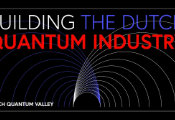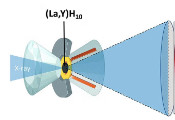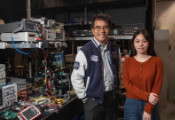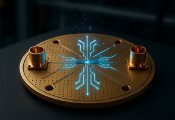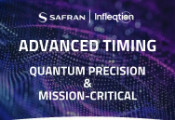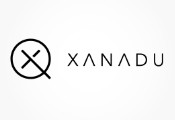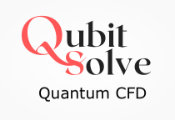Classiq, Deloitte Tohmatsu, and Mitsubishi Chemical Compress Quantum Circuits by Up to 97%
TEL AVIV, Israel, December 11, 2024 -- Quantum computing platform leader Classiq Technologies, Deloitte Tohmatsu Group, a pioneer in the demonstration of quantum computing use cases in industry, and Mitsubishi Chemical Corporation are working together to explore materials development in the chemical field, including new organic electroluminescent (EL) materials. Deloitte successfully conducted a demonstration experiment (hereinafter referred to as "this demonstration") to shorten the quantum circuit (calculation logic of the algorithm used on a quantum computer) during development.
Successful quantum circuit compression suggests early commercial use of quantum computers
Deloitte Tohmatsu announced that one of the two quantum algorithms achieved circuit compression of up to 97 percent, and the other achieved circuit compression of up to 54 percent. To run an algorithm on a quantum computer, it must be written as a quantum circuit, and the longer the circuit, the greater the risk of errors occurring during calculation. This demonstration showed the possibility of improving calculation accuracy when developing new materials using efficient quantum circuit design technology. This result indicates that the circuit compression method used in this demonstration can be applied to various quantum circuits, not only in the chemical field. It is also relevant for the early practical application of quantum computers in a wide range of fields such as drug discovery, AI, finance, manufacturing and logistics. Recent advances in error correction technology are expected to improve the reliability of quantum computers, making it possible to execute longer, more complex quantum algorithms. Therefore, Classiq, Deloitte Tohmatsu and Mitsubishi Chemical see compression of quantum circuits becoming an increasingly important issue for the practical application of quantum computers.
Shortening the time and cost reduction of new material development by utilizing quantum computers
Deloitte Tohmatsu, well-versed in global trends in the quantum field, used real data owned by Mitsubishi Chemical. Mitsubishi Chemical has been conducting research in anticipation of using quantum computers in the chemical field for material exploration, and this demonstration leveraged Classiq’s technology to demonstrate it is possible to compress quantum circuits to better develop new materials.
Mitsubishi Chemical has long been developing Quantum Approximate Optimization Algorithms (QAOA) for the development of advanced organic electroluminescence materials. One problem has been that calculation accuracy could not be guaranteed due to the accumulation of noise that affected the state of the quantum computer. Therefore, the three companies jointly conducted this demonstration, believing that if quantum circuits could be compressed sufficiently, the practical application of quantum computers in the chemical field would benefit.
In addition, in recent years, remarkable progress has been made in error correction technology for quantum computers, and Quantum Phase Estimation (QPE) has indicated its true value in error-tolerant hardware.
From the Deloitte Tohmatsu report
Implementation
- Overall project planning and implementation: Deloitte Tohmatsu
- Demonstration support: Classiq Technologies
- Data and advice on experiments: Mitsubishi Chemical
Technique
The algorithms for QAOA, which Mitsubishi Chemical used in the demonstration process of organic EL material development, and QPE, which are particularly important in the era of fault-tolerant quantum computers (FTQC), were functionally described in Qmod (Quantum Modeling Language) developed by Classiq. We generated a more efficient quantum circuit based on the model using the Classiq platform.
Result
In this demonstration, compared to the quantum circuit that Mitsubishi Chemical had generated using conventional technology, it was possible to achieve significant quantum algorithm compression while maintaining calculation accuracy. A maximum of 54 percent circuit compression was achieved for QAOA, whereas a maximum 97 percent compression was attained for QPE. This demonstrated the possibility of improving the actual machine's calculation accuracy and discovering promising materials with a higher probability on an actual machine.
Figures: Number of quantum gates required for implementing two types of quantum algorithms: [Left] QAOA (NISQ) and [Right] QPE (FTQC): Compared to conventional technology, Classiq platform reduced circuitry length by up to 54% in QAOA and up to 97% in QPE.
Growing expectations for the use of quantum computers in the development of new materials
In the chemical field, instead of the traditional R&D approach that relies heavily on the knowledge, experience and experiments of researchers, materials informatics and information technology such as simulation data, machine learning algorithms and AI prediction are increasingly being used. While it is possible to significantly reduce the time and cost required for development, there is a need to perform very demanding calculations with high precision, and the required computational resources are becoming an issue. Therefore, there are high expectations for the application of quantum computers, which have strengths in processing complex calculations when compared to conventional computers.

